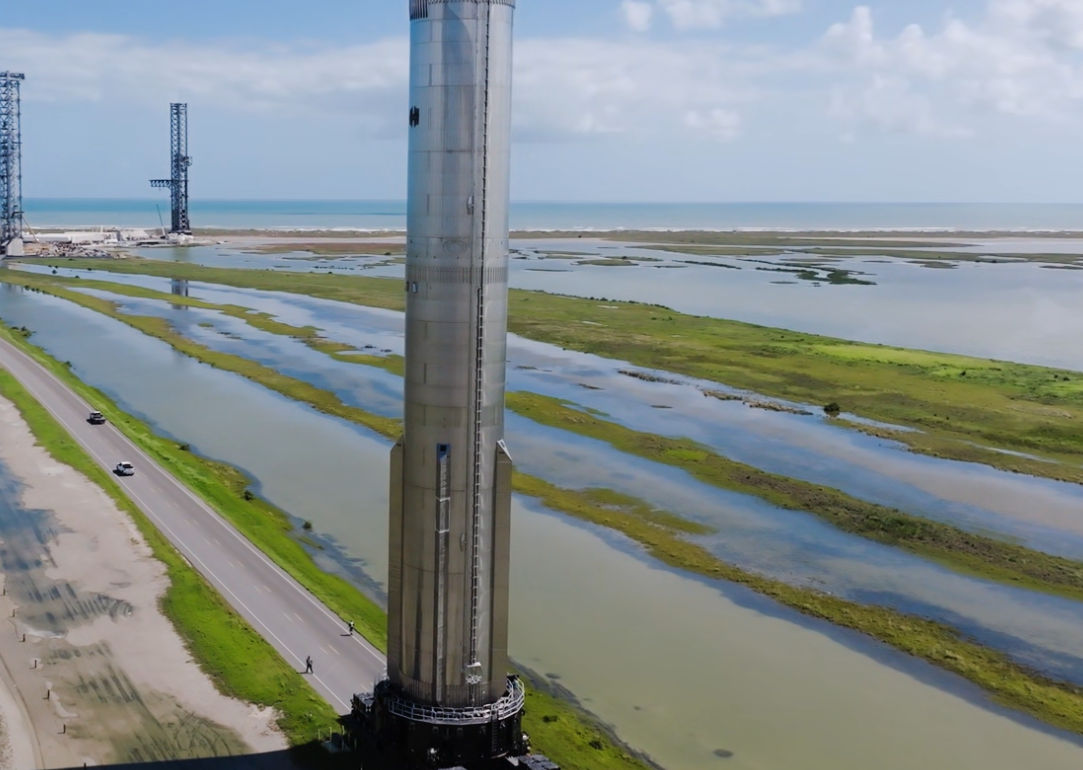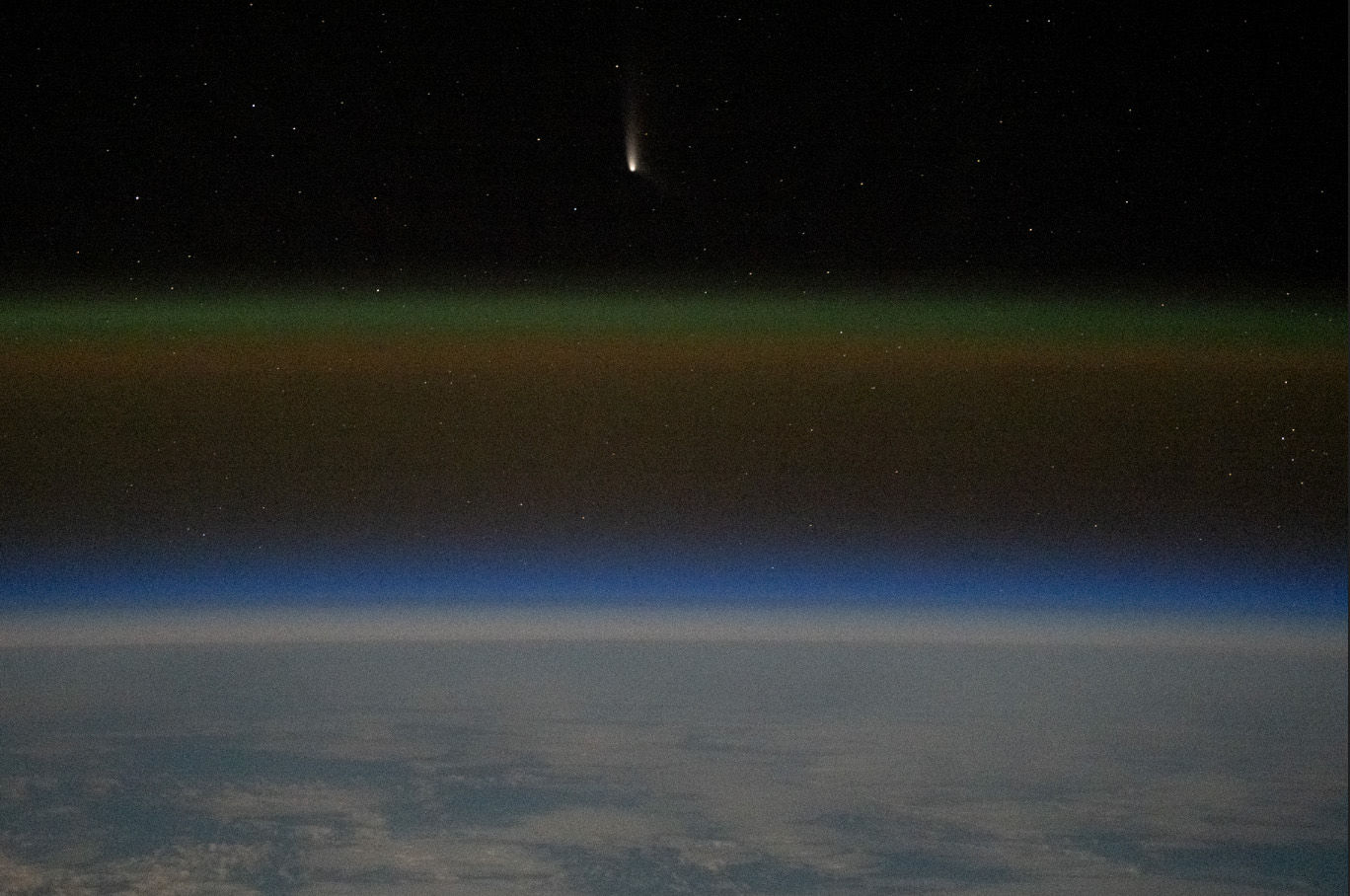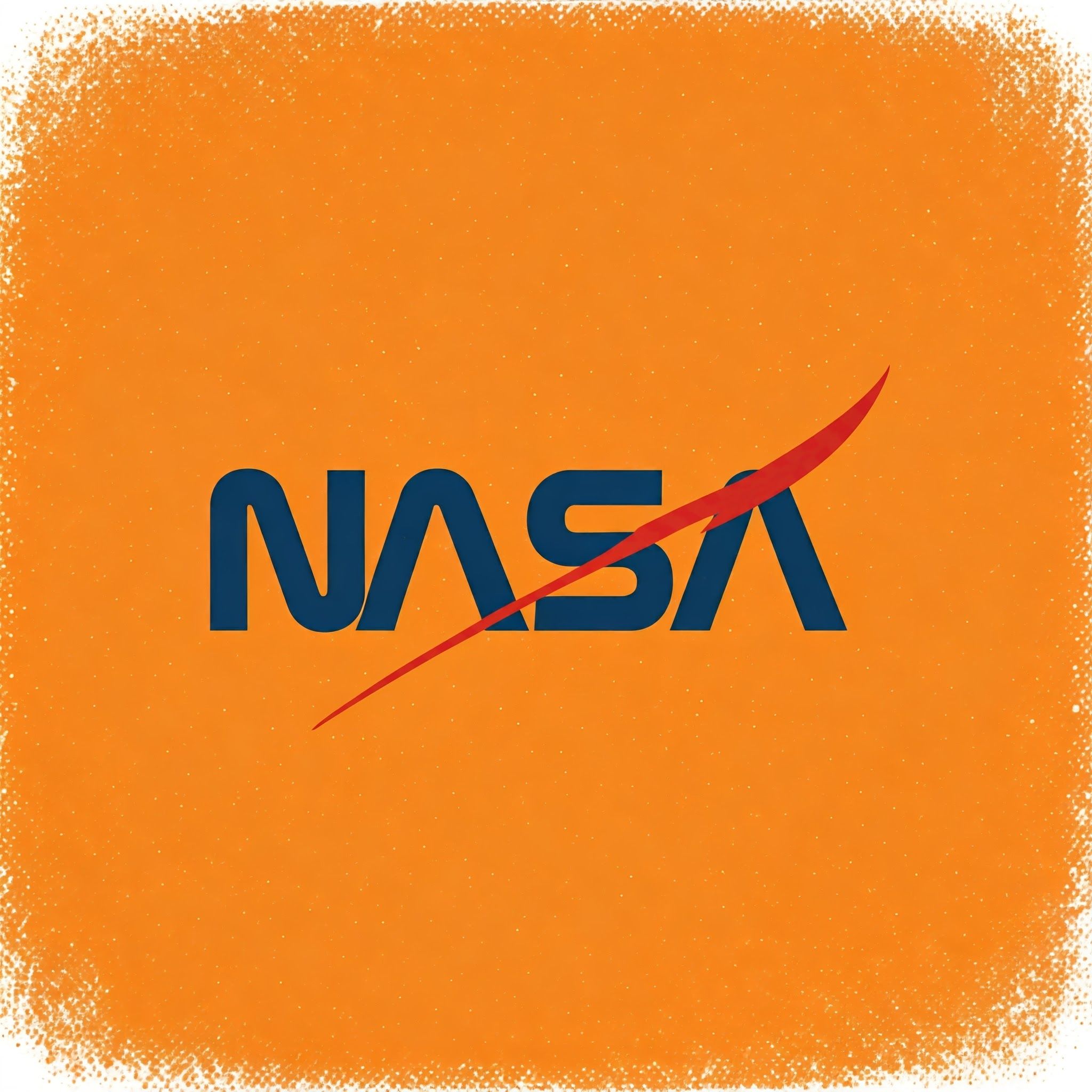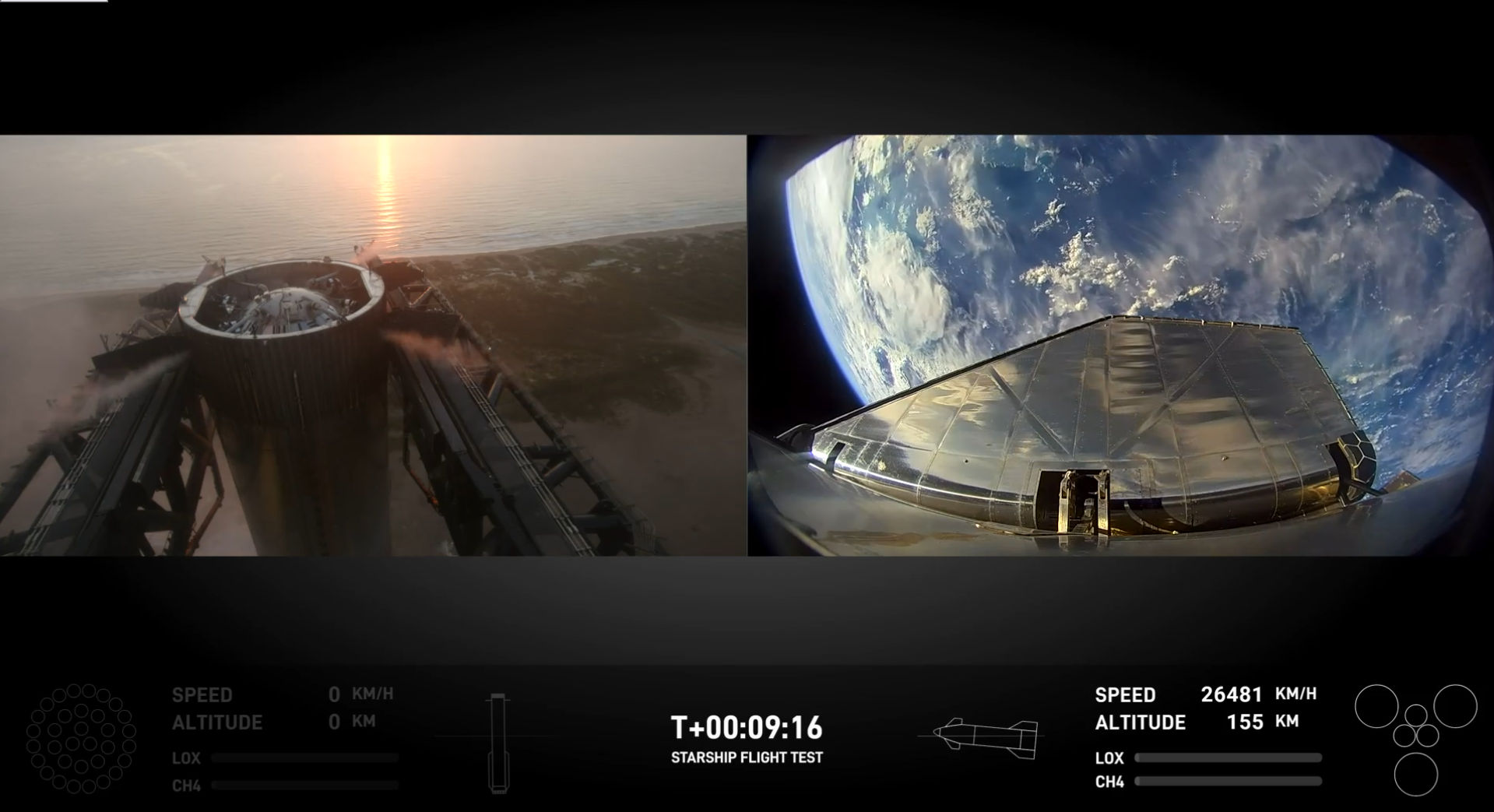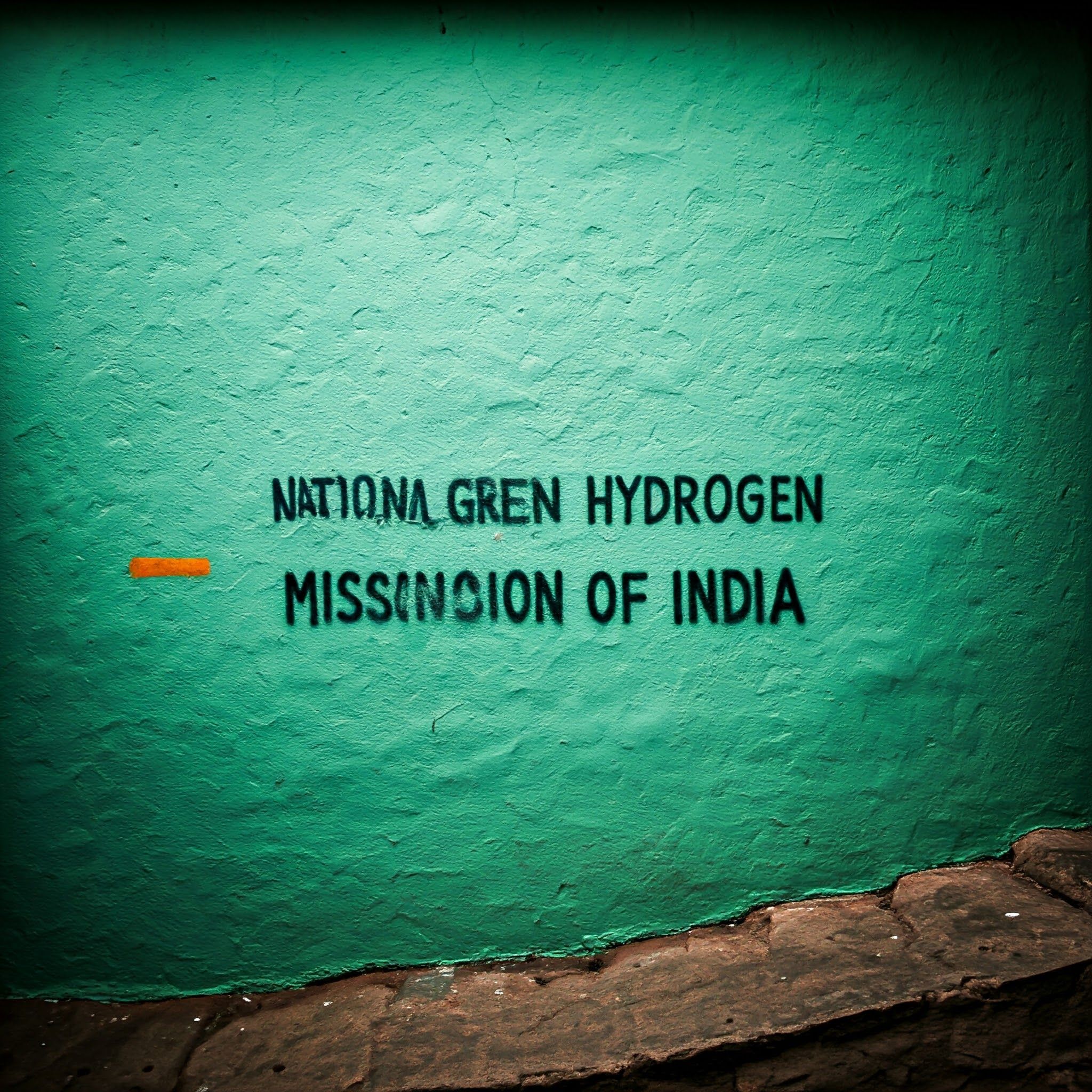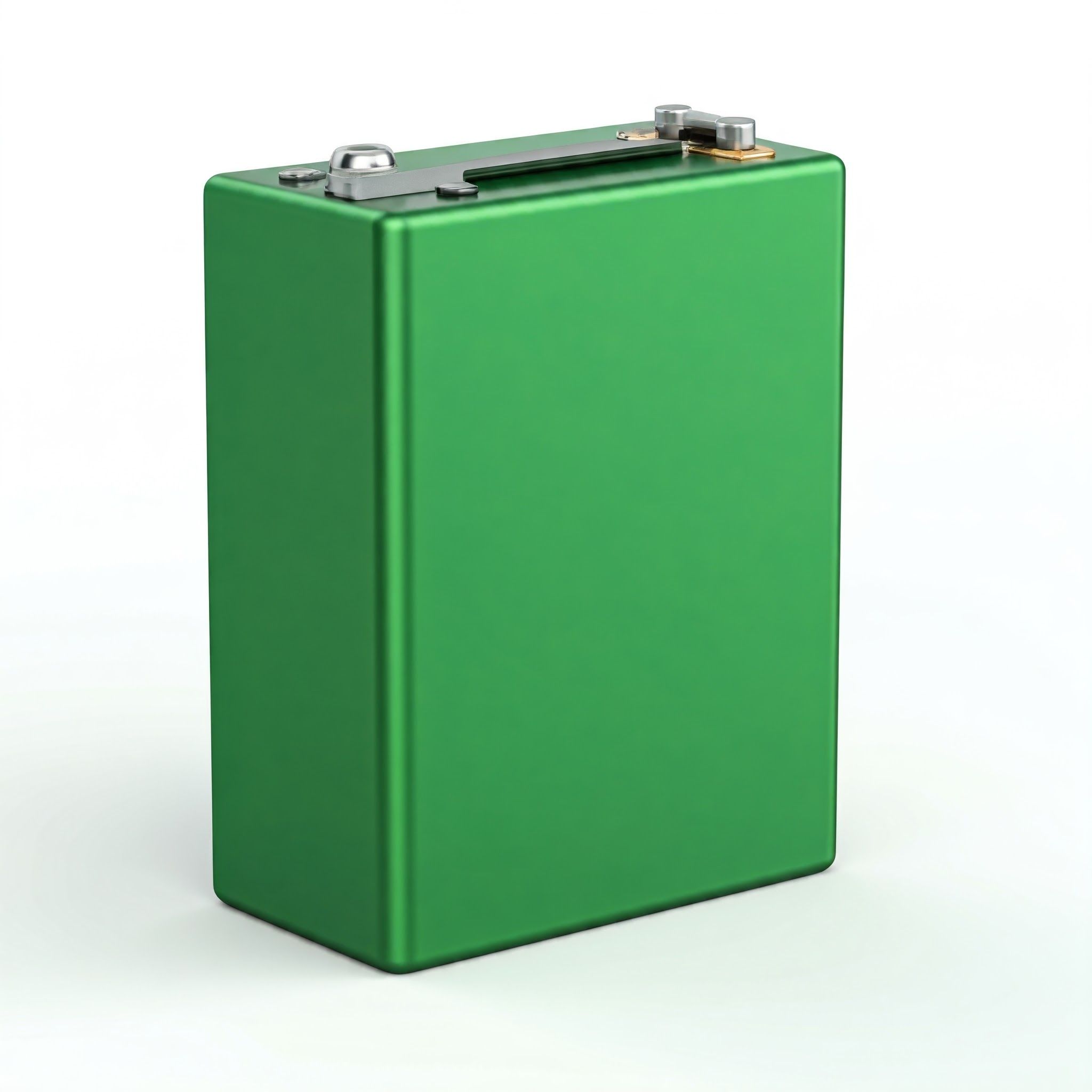Koreasat-6A Mission: Falcon 9’s 23rd Flight for a Record-Breaking Booster
Koreasat-6A Mission: Falcon 9’s 23rd Flight for a Record-Breaking Booster
On Monday, November 11, SpaceX successfully executed the Koreasat-6A mission from Space Launch Complex 40 (SLC-40) at Cape Canaveral Space Force Station in Florida. The mission, scheduled for 12:22 p.m. ET, intended to launch the Koreasat-6A satellite into a geosynchronous transfer orbit (GTO) to deliver enhanced communication capabilities for South Korea.
This flight was not only pivotal for Koreasat but also constituted a record-setting accomplishment for SpaceX’s Falcon 9 first-stage launcher. This booster accomplished its 23rd flight, demonstrating SpaceX's progress in reusable rocket technology and their commitment to reducing the expenses of space missions.
A Record for Historic Boosters
The Falcon 9 launcher utilized for the Koreasat-6A mission has an exemplary history of previous launches, which encompassed
The CRS-22 and Crew-3 missions support NASA’s Commercial Crew Program. Crew-4 and CRS-25 are components of SpaceX’s collaboration with NASA. Eutelsat HOTBIRD 13G and O3B mPOWER are pivotal for satellite communications. Turksat 5B, PSN SATRIA, and Telkomsat Marah Putih 2 enhance connectivity throughout Southeast Asia and beyond. Galileo L13 bolsters Europe’s Galileo global navigation system. Twelve Starlink missions advance SpaceX’s satellite internet constellation.
Mission Specifications and Falcon 9’s Reusability Achievement
At exactly 12:22 p.m. ET, Falcon 9 successfully deployed Koreasat-6A into orbit to enhance South Korea's broadcasting and communication capabilities. The success of Falcon 9 is attributed to its reusable first-stage rocket, enabling high-frequency launches. The recent flight reinforces the strong engineering of Falcon 9’s design, since each successful launch illustrates the booster’s endurance and reliability despite prior missions.
SpaceX's advancements in reusable rocketry have fundamentally transformed the space business, demonstrating the feasibility of frequent, dependable, and economical launches. Each flight signifies not only an advancement for SpaceX but also substantial progress in the realm of space accessibility. Looking ahead, SpaceX's reusable launch technology persistently expands limits and redefines the possibilities in contemporary spaceflight.
Source
Space X https://www.spacex.com/launches/mission/?missionId...




